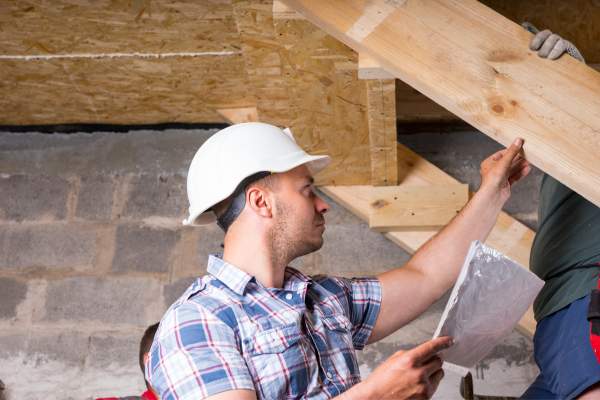
Home inspections typically cover a wide range of areas, but some of the most commonly noted items during inspections include:
- Roof Issues: Inspectors often check for signs of roof damage, such as missing or damaged shingles, leaks, or improper ventilation. A compromised roof can lead to significant problems if not addressed promptly.
- Electrical Problems: This category includes outdated wiring, faulty circuits, and unsafe electrical practices. Inspectors look for potential fire hazards like overloaded circuits or DIY electrical work that doesn’t meet safety standards.
- Plumbing Concerns: Inspectors check for leaks, water pressure issues, and any signs of water damage. Common problems include dripping faucets, running toilets, and inadequate drainage, which can lead to mold, structural damage, and other issues.
- HVAC (Heating, Ventilation, and Air Conditioning) Systems: This includes checking the furnace, air conditioner, and ventilation systems. Inspectors look for issues like inadequate heating or cooling, malfunctioning thermostats, and poor ventilation, which can affect the comfort and safety of the home.
- Structural Problems: Inspectors assess the overall structural integrity of the house, including the foundation, walls, and ceilings. Common concerns include cracks in the foundation, sagging floors, or water damage that may compromise the home’s stability.
It’s important to note that the specific items inspected can vary based on the inspector’s expertise and the inspection standards in the region where the inspection takes place. Always consult with a qualified home inspector to get a comprehensive property evaluation you’re interested in.
